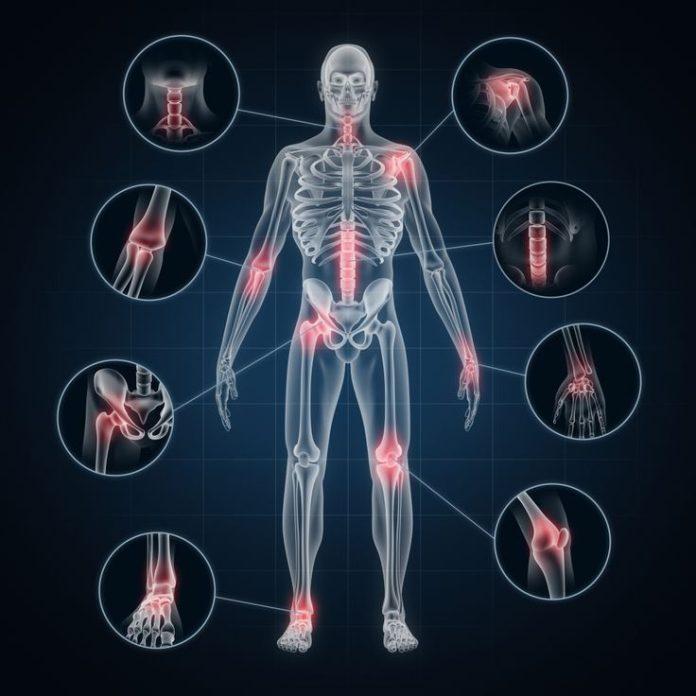Understanding the neural pathways of pain is crucial for deciphering the science behind nerve pain and developing targeted interventions.
Complex brain circuits and neurotransmitter systems mediate pain perception’s sensory, affective, and cognitive processes.
Here’s an overview of the neural pathways involved in pain transmission and modulation:
Peripheral Sensitization:
- Nociceptors: Nociceptors sense noxious stimuli such mechanical pressure, temperature extremes, and chemical irritants to cause pain.
- Transduction: Nociceptors send action potentials to the central nervous system from noxious stimuli.
Central Sensitization:
- Spinal Cord: DRG dorsal horn second-order neurons deliver spinal cord peripheral pain signals.Neurotransmitters excite and inhibit signals.
- Transmission: Glutamate excites higher brain areas to process pain, while GABA and glycine block it.
- Wind-Up Phenomenon: This amplifies pain perception and contributes to the development of chronic pain states.
Ascending Pathways:
- Spinothalamic Tract: The spinothalamic tract carries pain signals from the spinal cord to the thalamus, where they are relaye to various regions of the brain involved in pain perception and modulation.
- Spinoreticular Pathway: The spinoreticular pathway projects to the reticular formation in the brainstem, which plays a role in arousal, attention, and emotional responses to pain.
- Spinomesencephalic Pathway: The spinomesencephalic pathway connects the spinal cord to the midbrain, particularly the periaqueductal gray (PAG), which is involve in pain modulation and the descending pain control system.
Descending Modulatory Pathways:
- Periaqueductal Gray (PAG): The PAG serves as a key hub for descending pain modulation, receiving input from higher brain centers and projecting to the dorsal horn of the spinal cord to inhibit nociceptive signaling.
- Reticular Formation: Descending projections from the brainstem’s reticular formation hinder and facilitate spinal pain transmission.
Neurotransmitter Systems:
- Endogenous Opioids: The spinal cord and brain’s opioid receptors block pain when the descending pain control system produces endorphins, enkephalins, and dynorphins.
- Serotonin and Norepinephrine: Brainstem serotonin and norepinephrine diminish pain perception via dorsal horn inhibitory receptors.
- GABA and Glycine: GABA and glycine hyperpolarize neurons and block excitatory neurotransmitters to regulate pain transmission.
Plasticity and Adaptation:
- Neuroplastic Changes: Synapte remodeling, neurotransmitter alterations, and pain pathway sensitization are associated to chronic pain.
- Peripheral Sensitization: Chronic pain can cause peripheral sensitization, when nociceptors become hypersensitive and excitable, enhancing pain signals.
Researchers and clinicians can improve chronic pain treatments by researching pain’s intricate brain networks and nerve pain processes.
Promote neuroplasticity, modulate descending pain pathways, and target neurotransmitter systems to help chronic pain sufferers control nerve pain and enhance quality of life.


